These gifts are called lead magnets or incentives, and they’re a freebie you give your subscribers for joining your email list. A great lead magnet convinces the right people to subscribe to your list (those who are likely to buy), builds trust and assists in converting your leads into customers.
The problem is though, while a great lead magnet is a valuable list-growth tool, you probably feel overwhelmed by the idea of writing a 50-page ebook.
But I have good news: you don’t need to write a novel to craft a great lead magnet. You can build a short, simple and crazy effective lead magnet with minimal time commitment.
Keep reading to learn six simple steps to creating a powerful lead magnet in less than a day.
1. Find your audience’s biggest problem
People don’t join your email list to receive yet another email in their already cluttered inbox in which you talk about yourself. They subscribe to your email list because they have a problem, and they’re hoping you can solve it. That’s what makes lead magnets so effective: they provide the solution to a person’s problem in exchange for an email address.
Before you invest time creating your lead magnet, you need to know what your audience’s problem is. A common problem creates a more valuable lead magnet and more subscribers, which means you’ll want to consider this carefully. What is your audience desperate to learn about? What problems make them scour the internet at night searching for answers?
You might already have some ideas about your audience’s problems. Or maybe you’re scratching your head and making wild guesses. Either way, stop. To discover what your audience is actually struggling with, you need to conduct some research. Although “research” may sound boring and time consuming, there are a few fun and easy tricks for conducting excellent audience research:
Survey your current audience
Create a survey that asks your email subscribers about their current challenges and struggles. If you don’t have any email subscribers yet, ask your personal contacts or attend an in-person meetup and survey people there.
Read and ask questions on Quora
If you’re looking for questions or answers, Quora is a great place to be. Anyone can ask a question on Quora and anyone can answer that question.
To learn about your audience’s questions in particular, search Quora for questions related to your industry, product or service. See what people are asking and take a look at the view count on the answers given: lots of views equals lots of interest.
Or, ask a question yourself (like what challenges people within your target audience are facing). Or, if you already have a few lead magnet topic ideas, you can ask Quora users which option is their favorite.
Check out this Quora question about muscle building for vegetarians. If you’re a fitness expert, you could find this question by doing a quick search using the keywords fitness and nutrition, gauge interest through the number of views on the responses and then decide to write a lead magnet about how vegetarians can build muscle.

Join a LinkedIn group
Become a member of a LinkedIn group within your industry and see what questions people are asking in the group or ask the group what problems they’re facing.
For example, here at AWeber, we’re all about helping email marketers, so I joined the Email Marketing Gurus LinkedIn group to see what kind of questions more advanced email marketers have.
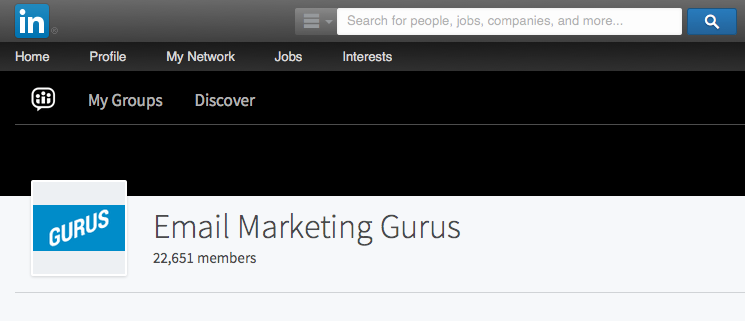
2. Choose a format that works for you, your audience and your schedule
The best lead magnets are those that are as brief as they can be while providing comprehensive information on a narrow topic (Brevity plus depth plus specificity equals awesome).
Yes, that’s right: your goal is to make your lead magnet as short as possible. That’s because short lead magnets take less time to create, but even more importantly, your audience needs less time to consume them. For instance, a 20-page guide is both a chore for you to write and for your audience to read.
To select your format, choose from one of these lead magnet types that are both easy to consume and easy to create:
Checklists/Worksheets
Who can use it: health and wellness consultants, personal trainers, financial consultants, marketing consultants and anyone who helps their audience accomplish a task.
For an example of a great checklist, take a look at this social media checklist created by SproutSocial.
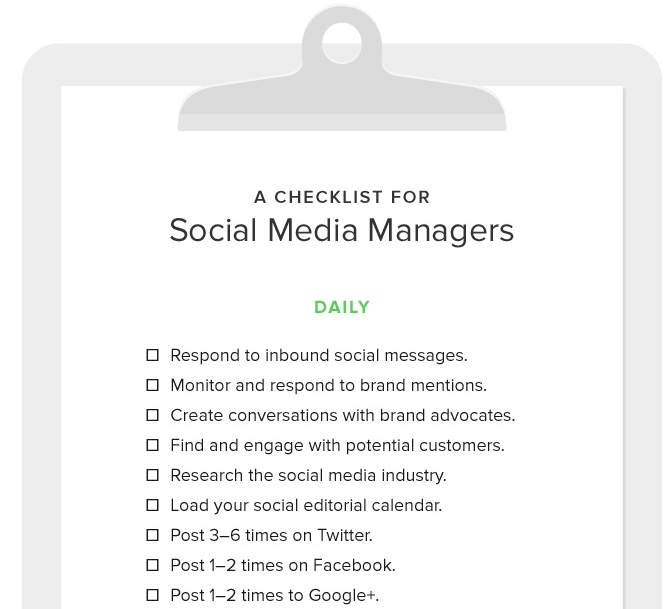
Or, for an example of a worksheet, check out The Ultimate Checklist for Headlines and Subheads by Copy Hackers.
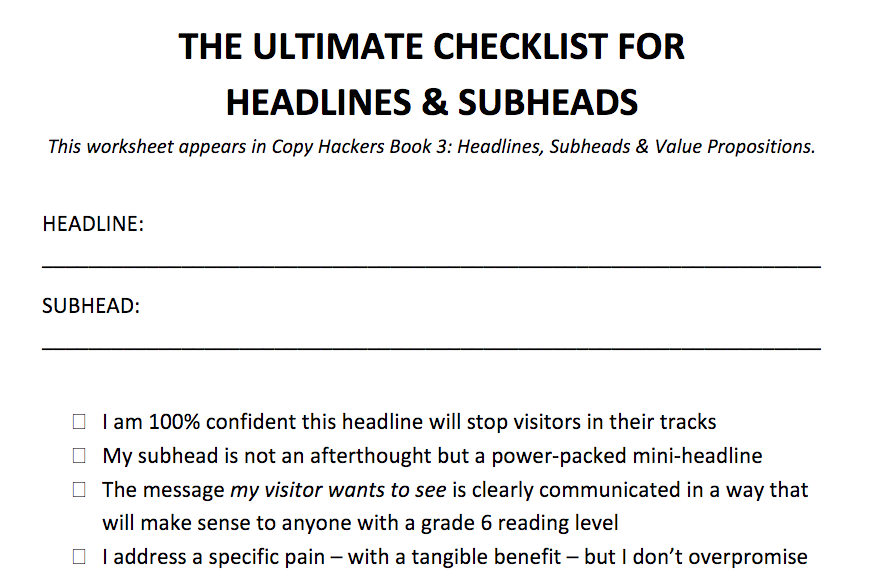
Coupons/Discounts
Who can use it: ecommerce stores, physical stores and anyone who sells a product or service
This 10 percent discount on the Magnolia Market website is an excellent example of a discount/coupon lead magnet. The coupon code is delivered via a welcome email immediately after subscribing.
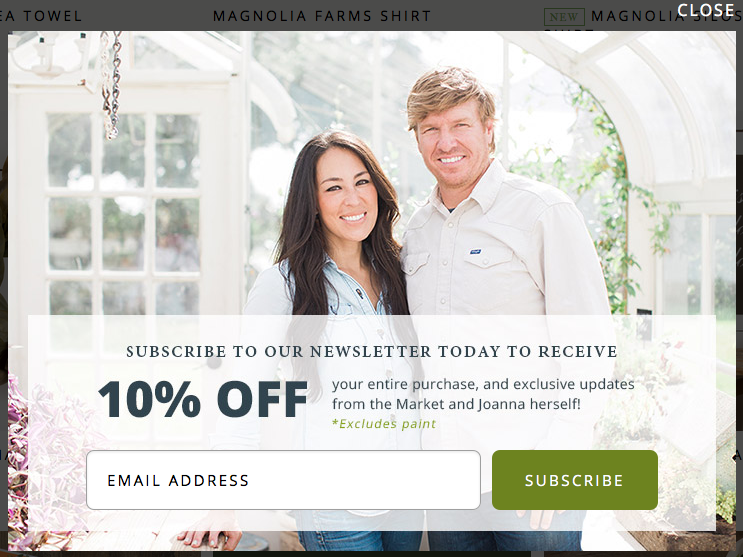
Plans/Schedules
Who can use it: fitness coaches, health and wellness consultants, marketing consultants, financial advisors and anyone whose audience could use help with planning/scheduling.
Want to see an example? Check out this 2-Week Paleo Diet Meal Plan from PaleoLeap.
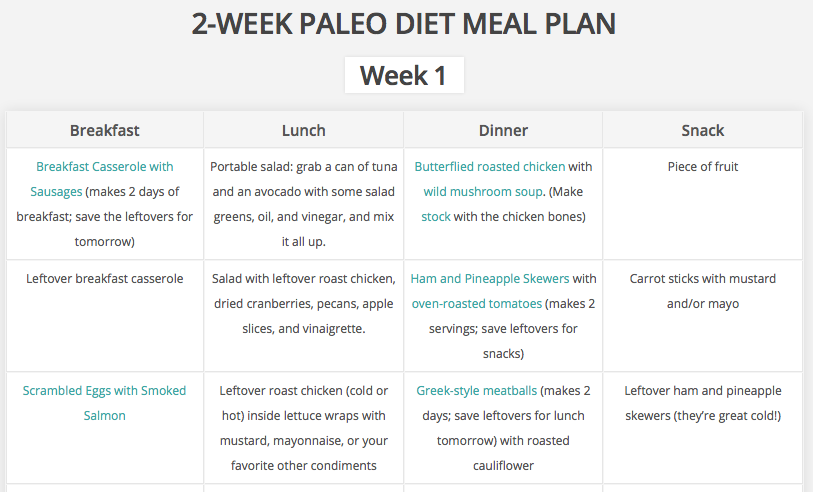
Templates
Who can use it: marketing consultants, financial consultants, fitness and wellness coaches, SAAS companies, tech companies and anyone whose audience could use guidance writing or designing content.
We created 20+ free email templates to help email marketers with their email content. Our audience loves these templates, and they were also easy for us to create.
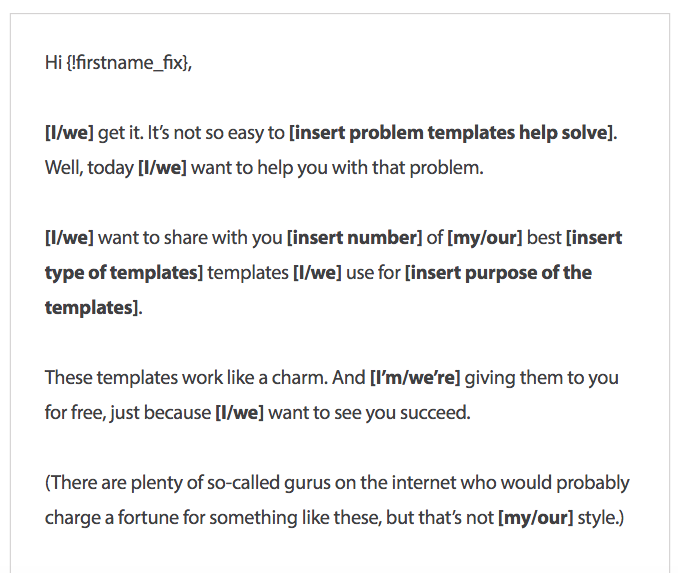
3. Write your content or repurpose it
The next step is to start writing. While writing often seems overwhelming, it shouldn’t be. The types of lead magnets I listed above take very little time to write. Sit down and write non-stop for an hour. Don’t edit anything at this point. If you’re creating a checklist, template, plan or coupon, an hour is more than enough time to write your draft. After you’re done drafting, go back and edit.
Here are a few writing pointers that will simplify and shorten your writing process and help you create a top-performing lead magnet:
Be specific
Remember our earlier step where we determined the problem/question that your lead magnet will solve or answer? Your lead magnet content has one purpose: answer or solve that problem. Be precise. By writing a lead magnet that answers one question, you craft a shorter and more cohesive lead magnet. Not only do brevity and specificity make it easier for your audience to read your content, they also shorten the writing process for you — a win-win scenario.
Be green
Save time. Recycle your content.
Repurposing already written content is a great way to shorten the writing process. If you’ve already written blog posts or emails that help answer the problem you diagnosed in step one, reuse that content in your lead magnet. Just make sure to rewrite the content to fit the lead magnet format you chose in step two.
Be authoritative
Your lead magnet is more than just a gift you give people to get their email addresses. It’s a tool to bring your prospects closer to a buying decision. How so? Because it builds trust, and that’s important because people are more likely to buy from those they trust.
To instill trust with your lead magnet content, write with authority. Avoid using words like “in my opinion,” “I think,” “You should,” and other phrases that show uncertainty. These kind of phrases are bad in two senses. One, they are non-essential words that fail to convey any additional meaning. These words waste your reader’s time and wane their interest. And two, these phrases take away from your authority. As your readers consume your lead magnet content, they need to know that you are an expert worth listening to, and the words “I think…” don’t sound very convincing.
For example, take a look at these two sentences a financial advisor might write:
Sentence A: “In my opinion, you should invest in Amazon stocks this quarter.”
Sentence B: “Invest in Amazon stocks this quarter.”
It’s easy to tell that sentence B is the more powerful sentence; readers will trust the advice more because the writer sounds certain.
Be original
The best way to create a priceless lead magnet is to share original insights and tips. Being original means sharing information that can’t be found anywhere else. If the tips you share in your lead magnet can be found in a basic Google search, your lead magnet isn’t all that valuable. After all, why should a prospect give away their email address for information they can get elsewhere or that they’ve already heard?
To be original, see what others have already written about your topic. Then, share insights that haven’t already been written about.
4. Host your lead magnet
Now that you’ve written your lead magnet, you need to figure out how your audience will access it. Here are three ways to host your lead magnet:
Use Google Sheets
If you build your lead magnet in a Google Sheet (this works well for checklists, worksheets and plans), then you can set the permission to view only and ask people to make a copy of the Google Sheet to start using your lead magnet.
You can see how this works in this lead magnet checklist from SumoMe (to get this helpful checklist for yourself, go here).

Create a hosted PDF
If you chose to make a template, a PDF is a great way to host it. To create your PDF, you can write your content in a free Google doc then convert it to a PDF. Click on file → Download as → PDF Document (.pdf) to do this.
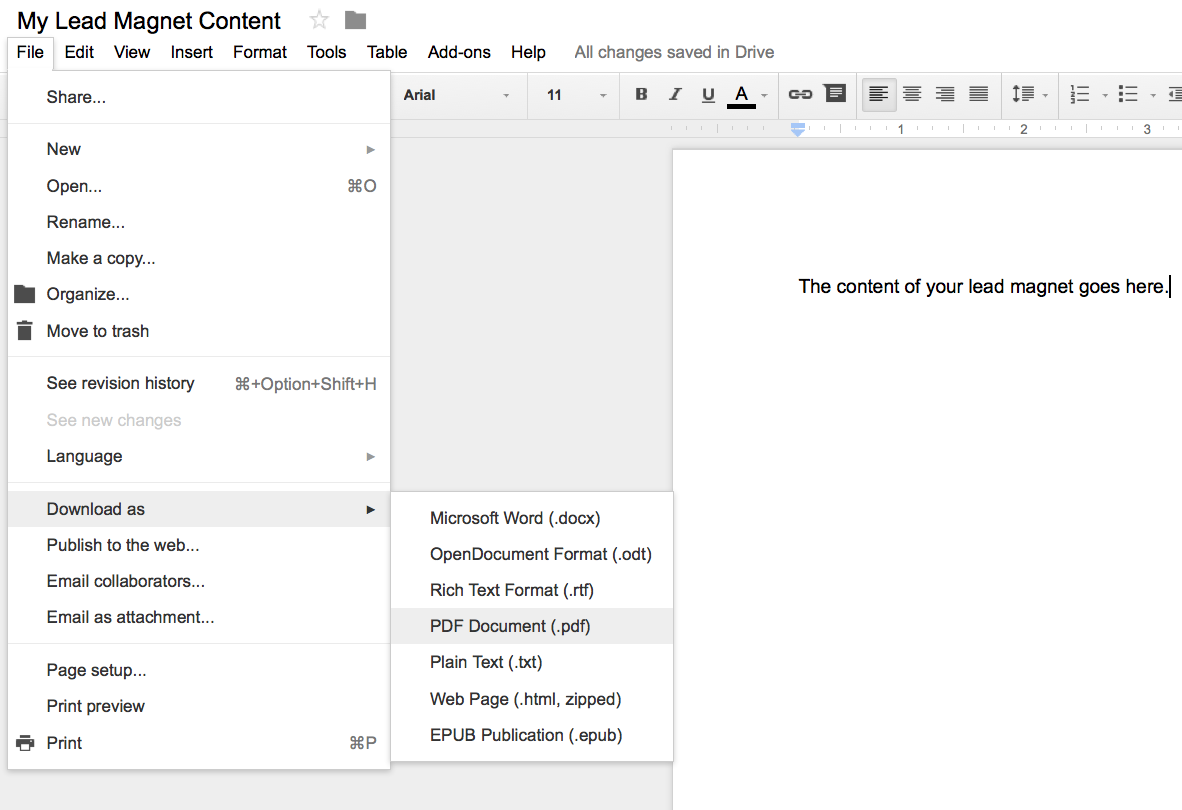
After you’ve created your PDF, you need to host it online so that your new email subscribers can access it. You can use a website or a third party site such as Digioh or Dropbox to do so (or you can even host your PDF with Google Docs). Once you have the URL for your PDF/downloadable file, hyperlink to the URL in your welcome email to give people access.
Email your lead magnet
This lead magnet distribution method works great for coupons and templates. It’s simple. Just write an email that includes your coupon code or the content of your template.
5. Write a welcome email that delivers your lead magnet
To instantly deliver your lead magnet, use an automated “welcome” email. Your welcome email not only provides the link (or access) to your lead magnet, it welcomes your new subscriber to your email list, tells them what they can expect from you and starts building a relationship with your audience.
To learn all about welcome email campaigns, read this blog post: Welcome Email Campaigns 101: How to Create an AWesome Welcome Campaign.
6. Share your lead magnet with the world
By now, you’ve done all the hard work. You’ve chosen a lead magnet, created it and written a welcome email to deliver it. Way to go. Now it’s time for the final step (and my favorite part): it’s time to build your sign up form.
Your sign up form is the gateway to your incentive and email list. It’s where people trade their email address for access to your lead magnet.
If you have a website and want to add a sign up form to it, use AddThis, SumoMe or HelloBar to build your form. All three have free account options so you don’t need to dish out money to get access to powerful form building software.
For instance, I created a free HelloBar account and built this sign up form in less than ten minutes.
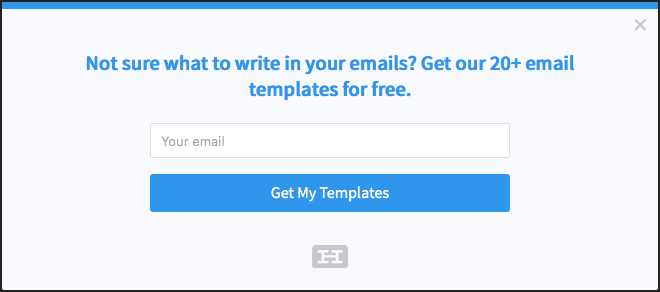
If you don’t have a website, build a hosted sign up form. A hosted sign up form allows you to share your form anywhere you can imagine – like Twitter, Facebook, LinkedIn, in your emails and much more! To learn how to create a winning hosted sign up form, read this blog post.
Let’s wrap this up — your questions + more ways to grow your list
You don’t need days or even months to create a great lead magnet. Use the steps above to craft a lead magnet that makes website visitors excited to join your list.
Have any questions about lead magnets? Ask them in the comments section below. Or, share your lead magnet success story!
You’ve learned the steps to create a great lead magnet, but do you know how to build a high-converting sign up form, grow your list with social media or attract more website traffic? Learn all this and more in our free, 7-day email course on list building.

Posted By
Liz Willits
Content Marketing Specialist

No comments:
Post a Comment